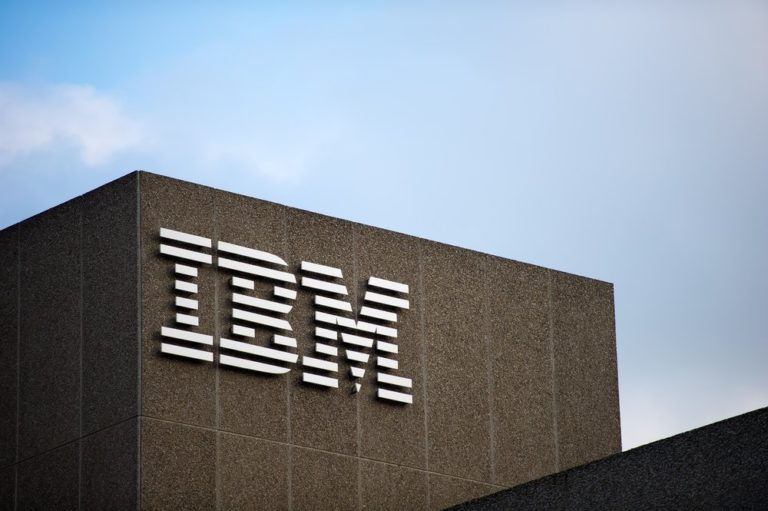IBM nears acquisition of HashiCorp
Bron: artikel overgenomen van techzine.eu
Origineel auteur: Berry Zwets

Within days, IBM may already be the new owner of HashiCorp. Negotiations are at an advanced stage, with a possible acquisition amount above HashiCorp’s previous market value of $4.9 billion (€4.58 billion).
That market value has already risen sharply to $6.1 billion now that discussions between IBM and HashiCorp have been publicized. The Wall Street Journal and Reuters first reported on the negotiations.
The main asset for IBM would be HashiCorp’s Terraform tool. This solution allows organizations to automate the setup of cloud instances and allocated hardware resources. Other cloud tools from HashiCorp focus on security, networking and development environments. Users can access cloud-based variants of these tools through the HashiCorp Cloud Platform (HCP).
IBM and Red Hat
IBM has been working on a revamped hybrid cloud strategy for some time. Central to this are services such as watsonx.data and watsonx.ai, which help organizations flesh out their AI strategy. We highlighted this in early February when we attended the first IBM TechXchange EMEA event. Still, IBM is looking beyond what it has already developed itself: the acquisitions of Apptio and part of Software AG in 2023 already showed that, in addition to the incorporation of seven other parties.
However, IBM already owns an automation platform through Ansible from subsidiary Red Hat. Nevertheless, Red Hat described years before this proposed acquisition that Ansible and Terraform are mostly complementary. For example, Terraform focuses on provisioning public cloud infrastructure, while Ansible has a broader deployment.
To do this, Ansible relies on playbooks, which infrastructure professionals create to automate tasks. The tasks defined in the playbook are performed automatically, with as little manual intervention as possible. Red Hat indicates that the broad deployment now means Ansible is used for hybrid cloud, edge, networking, security, infrastructure, provisioning and configuration management scenarios. This can include workflow orchestration for system updates and configuring systems, regardless of whether they are in a public or private cloud.
IBM soon to be more dominant in open source community
With the potential acquisition of HashiCorp, IBM can offer more opportunities in the infrastructure world. Red Hat initially became very dominant there with Red Hat Enterprise Linux, which evolved into a base for servers. Then, Red Hat expanded with the development of OpenShift for containers and later the acquisition of Ansible. The acquisition of Ansible dates back to 2015, but the automation platform is gaining traction with Red Hat and growing in popularity as well.
All three core products follow an open-source strategy. When IBM acquired Red Hat, there were concerns about the impact on its open-source future, but it is now clear that Red Hat is just independent under IBM. Red Hat software continues to follow the open-source philosophy, and there are plenty of collaborations with IBM’s competitors. In addition, several top executives were promoted, including Jim Whitehurst, who had previously moved from CEO of Red Hat to President of IBM.
It will be interesting to see how Ansible will integrate with Terraform. Terraform from HashiCorp is also an open-source tool, but focuses almost exclusively on provisioning and managing resources in the cloud and data centres. Terraform is thus especially good for setting up and follow-up operations for cloud infrastructure.
Complementing each other
About a year and a half ago, Red Hat described the difference: “The primary difference for their community versions is that Ansible is an multi-purpose automation tool, whereas Terraform is an infrastructure as code tool. The confusion starts occurring because there are numerous use cases that could potentially be solved by either tool, and both Ansible and Terraform have plugins to call each other. For example, many Ansible experts simply provision AWS resources with an Ansible Playbook and might not understand why others use an entirely different tool. Similarly, Terraform experts might create and destroy entire instances for even the smallest configuration change.”
This last sentence refers to Terraform’s immutable approach towards infrastructure, meaning instances cannot be changed. This allows developers to quickly set up resources, test something and then tear them down.
In short, adding HashiCorp’s offering to that of IBM/Red Hat fits within both IBM’s broader hybrid cloud approach and Ansible’s specialisation versus Terraform. The two automation tools, just as they already are, can complement each other
